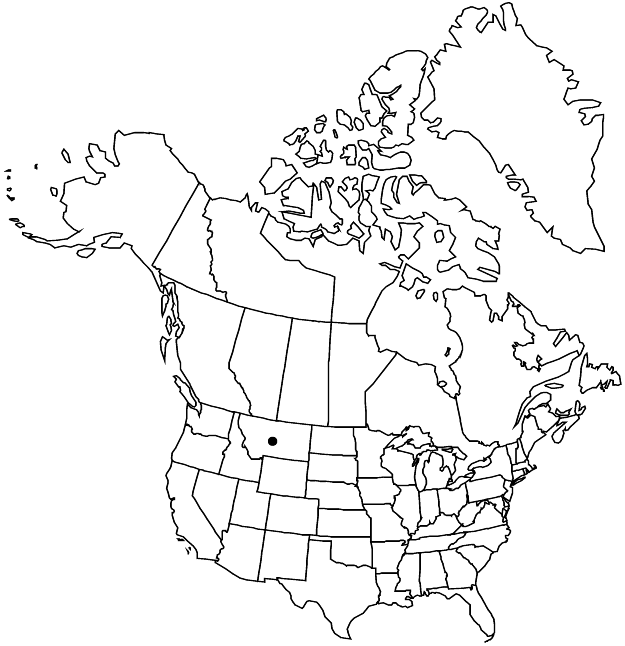Difference between revisions of "Micranthes tempestiva"
J. Bot. Res. Inst. Texas 1: 1021. 2007 ,.
FNA>Volume Importer |
FNA>Volume Importer |
(No difference)
| |
Revision as of 20:27, 24 September 2019
Plants solitary or in groups, with bulbils on caudices. Leaves basal; petiole indistinct (leaves appearing sessile), flattened, 2–8+ mm; blade oblanceolate to obovate, 4–10(–30) mm, fleshy, base cuneate to attenuate, margins entire or minutely denticulate, eciliate, (apex acute to obtuse or rounded), surfaces ± glabrous; (venation pinnate or palmate). Inflorescences 5–15(–20)-flowered, congested thyrses, 3–10(–15) cm, glabrous or sparsely purple-tipped stipitate-glandular. Flowers: sepals spreading, ovate; petals white, not spotted, linear to obovate, clawed, to 1.5 mm, shorter than sepals; filaments linear, flattened; pistils connate to 1/2 their lengths; ovary inferior. Capsules reddish purple, valvate. 2n = 10.
Phenology: Flowering summer.
Habitat: Rocky ledges, slopes, or snow-bed meadows
Elevation: 2400-3200 m
Discussion
Of conservation concern.
Micranthes tempestiva is known only from the Bitterroot Mountains and Anaconda Range.
Selected References
None.
